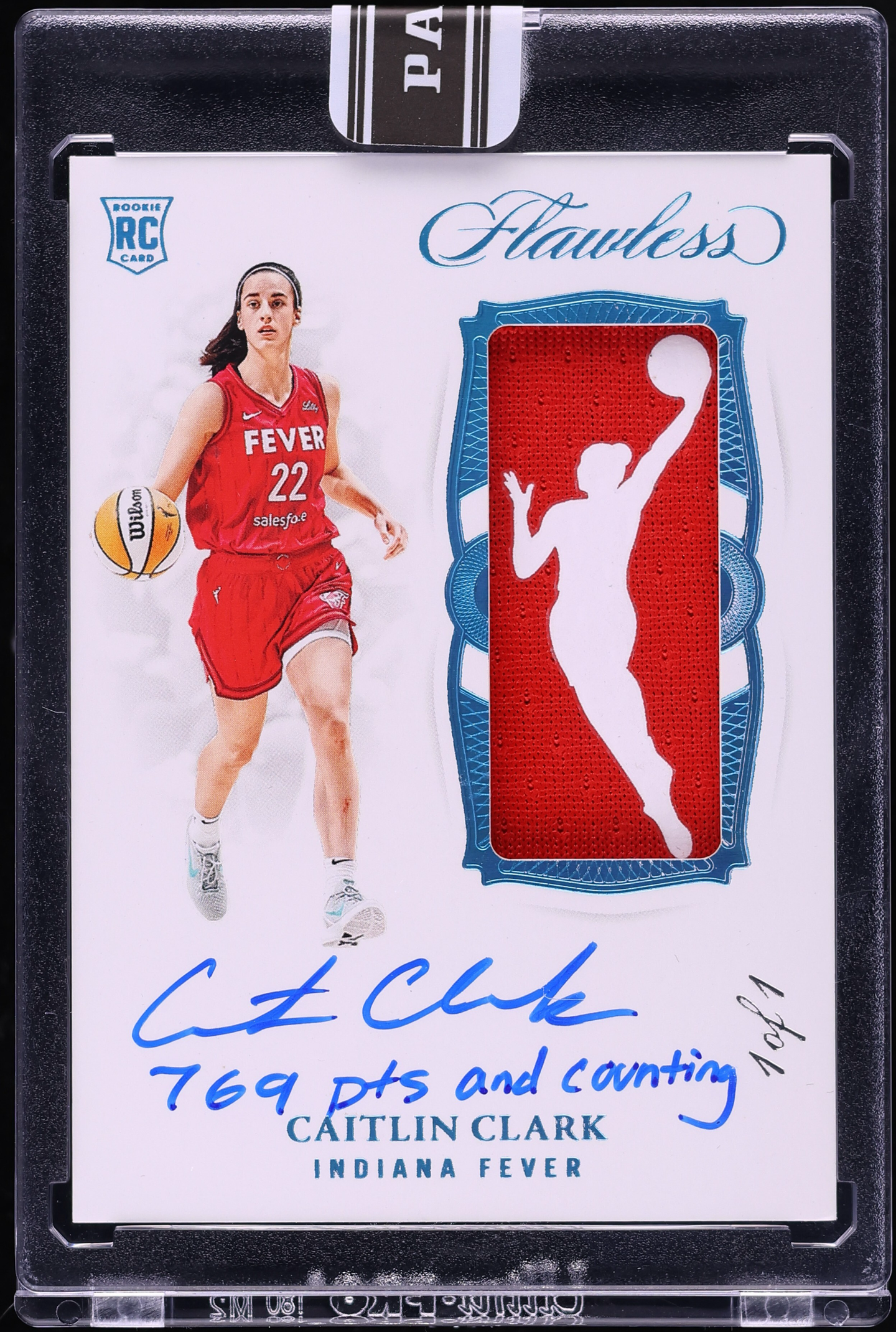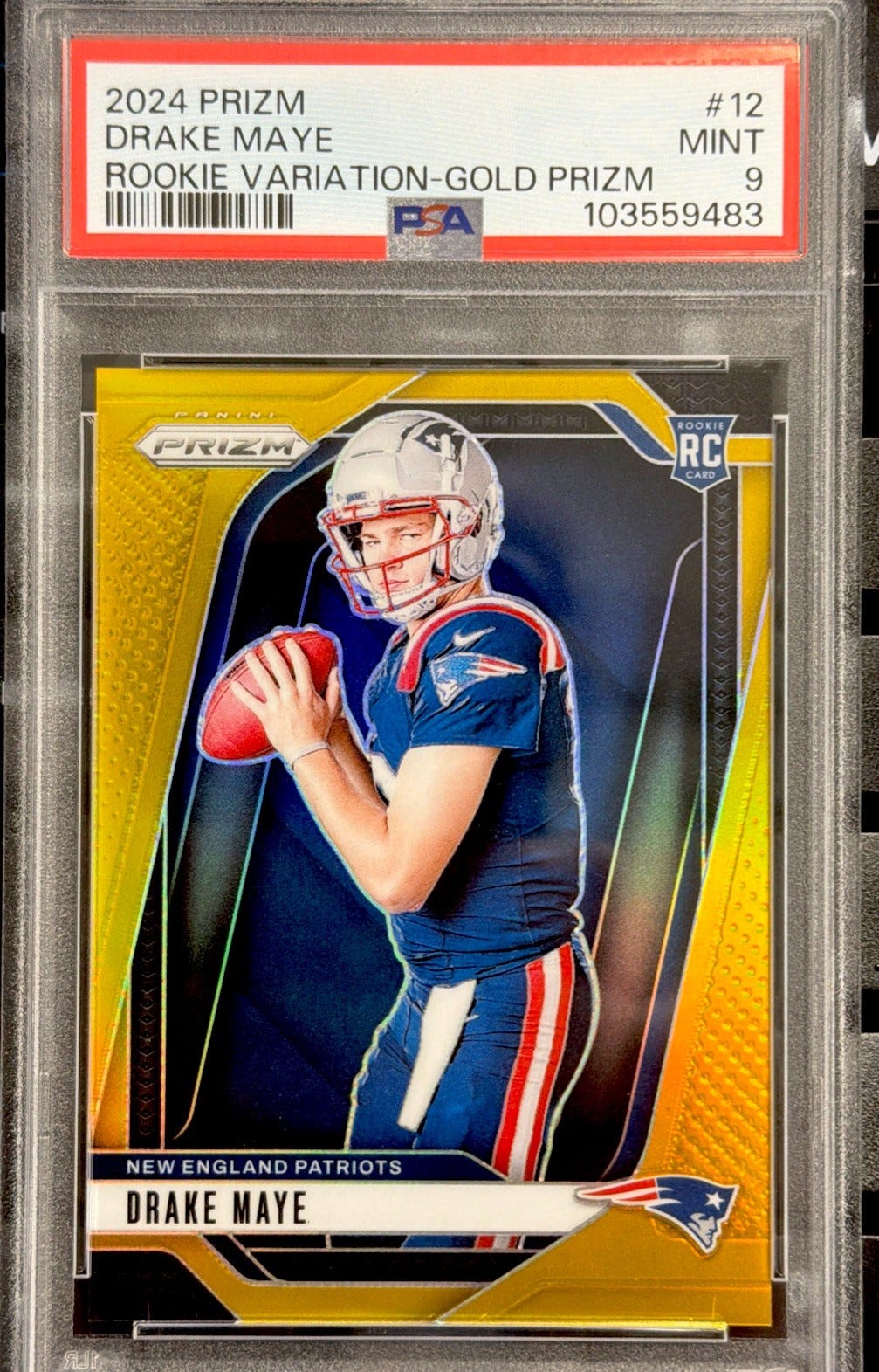Cards
Hank Aaron’s Cardboard Almost as Glamorous as His Career
Henry Aaron would never betray so much as a hint of how he felt about such things, but over the last 20 years or so his stature in Major League Baseball and indeed in the nation at large has grown to a point that is arguably close to what it ought to be. Presidential Medals of Freedom will do that sort of thing.
But it wasn’t always so, although our hobby was way ahead of the rest of the country in understanding just who had earned genuine royalty status. You only have to go as far back as the 1980s to find a time when major news organizations would cover Aaron’s rare public pronouncements with a cautious, if not jaundiced eye. It’s been something of revisionist zeal that has clouded the historical record of his early championing of racial justice issues, perhaps for no other reason than a desire to make the public record more closely reflect a reverence that should have prevailed all along.
For sports card collectors, there was no such intellectual gymnastics required. From the earliest days of the hobby, Aaron’s rookie card from 1954 Topps was heralded for what it was: among the elite cards in an admittedly heady group.
Indeed, as the hobby took off in the late 1970s and early 1980s, the Aaron rookie card was recognized as a great card in a great vintage card set. But it says here that the story is broader than just that.
Henry Aaron, Mickey Mantle, Willie Mays, Ernie Banks and Roberto Clemente all share a unique ranking in the postwar pantheon of the major league galaxy. Obviously, they ascended to that lofty plane on the merits of their extraordinary talents and their dedication to the game, but in our hobby there’s another element in the exalted status that links to nothing more than good timing, and I’m not talking about the “waiting on a fastball” variety.
Nope, I’m simply noting the fortuitous convergence of the beginnings of all the careers above launching at essentially the same time as a fledgling Brooklyn-based card company that was looking to make a name for itself in the business of selling gum to children.
From such modest aspirations comes big things, in this instance most notably the creation of a rite of passage for generations of American boys, a simple commercial product that ultimately would find itself earning iconic status akin to that of the baseball players it pictured on its cards.
Those five giants mentioned above (and to a barely lesser degree the likes of Frank and Brooks Robinson, Sandy Koufax, Al Kaline, Harmon Killebrew and a number of others) all benefitted by having their cards included in the classic Topps issues of the 1950s and 1960s. On paper its politically correct to suggest that there’s really no distinction to be drawn other than the subjective ones from fans of that particular era, but we’re not talking about paper here. We’re talking cardboard.
Compare pasteboards of my favorite player, Aaron, with perhaps my No. 2 guy, or at least the guy I latched onto when Henry was hanging up his spikes in 1976; George Brett. Without getting hung up on the statistics, simply comparing Aaron’s first 10 Topps cards with Brett’s makes it clear just how wondrous it was to have Aaron and Co. show up on the major league doorstep just as Topps was starting out. There was a magic to those players ... and there was a magic to those cards, too.
None of that could have been known when Topps plopped young Henry Aaron’s portrait atop a brilliant orange background in that colorful 1954 set, producing what would ultimately become the rookie card of the all-time home run king.
I am aware when I write things like this that I open myself up to the well-worn charge that I am merely echoing the bias of my generation, the self-involved insistence that our guys were better than your guys. I reject the charge. I do plead guilty to the charge that our cards were better than your cards.
It’s also a charming curiosity that Topps would often re-use the Aaron, Mays, Clemente and Banks portraits through those 1954-56 sets, reflecting a nuance borne of nothing more than frugality that ended up being a charming historical footnote for generations of avid card collectors.
Once Topps settled on its standard size in 1957, Aaron got his own card and, inadvertently, yet another prominent notation in 1950s hobby lore. The flipped negative so well documented in other instances made the top right-handed hitter in the National League appear for a moment – and for posterity – as a southpaw. And as I have documented earlier, the Hall of Famer spent more than 40 years thinking that the snafu had been his doing.
From 1958 on, Topps would never stumble again with the Aaron franchise, such as it was and would become. Virtually every last one of his cards was distinctive and frequently extremely attractive, all of which probably had less to do with their eventually being so highly coveted and often obscenely expensive as the hobby expanded in the 1980s. Nope, the primary catalyst for all of that was Aaron’s standing in the top echelon of the game’s elite.
But the reality is that his vintage Topps cards are replete with great photos presented in colorful fashion to great graphic effect. Don’t believe me, check out his 1962-63 or 1967 cards shown here, along with the great 1958 and 1959 images of a younger Henry Aaron.
And for more irony, how about the assertion that Topps even held out some of their best Aaron photography from the quirky Bazooka sets that they made every year. It may be partially that I haven’t seen the Bazooka photos as much as I have the Topps cards, but I can’t shake the feeling that any number of the Bazooka photos would have been more appropriately deployed into the varsity undertaking every year. But that’s just me.
For its part, Topps understood the enormity of the stature of 23 years of regular-issue Aaron cards, putting The Hammer fifth in a batting order of reprinted cards in 2000 that started in 1996 with Mantle. All of Aaron’s regular issue Topps cards were reprinted as the featured insert in 2000 Topps Baseball, capping a popular insert program that had launched with Mantle and followed with Mays, Clemente and Nolan Ryan.








